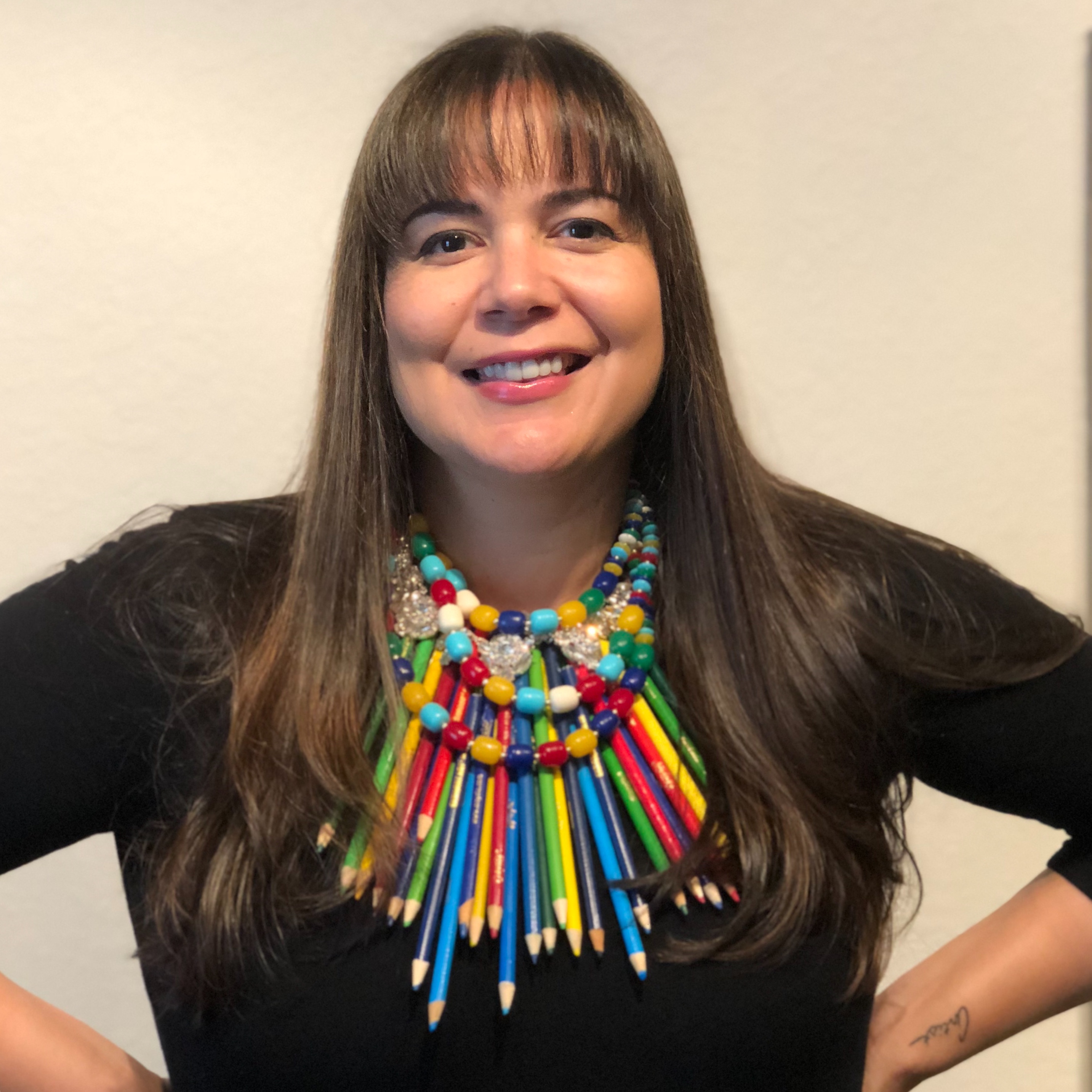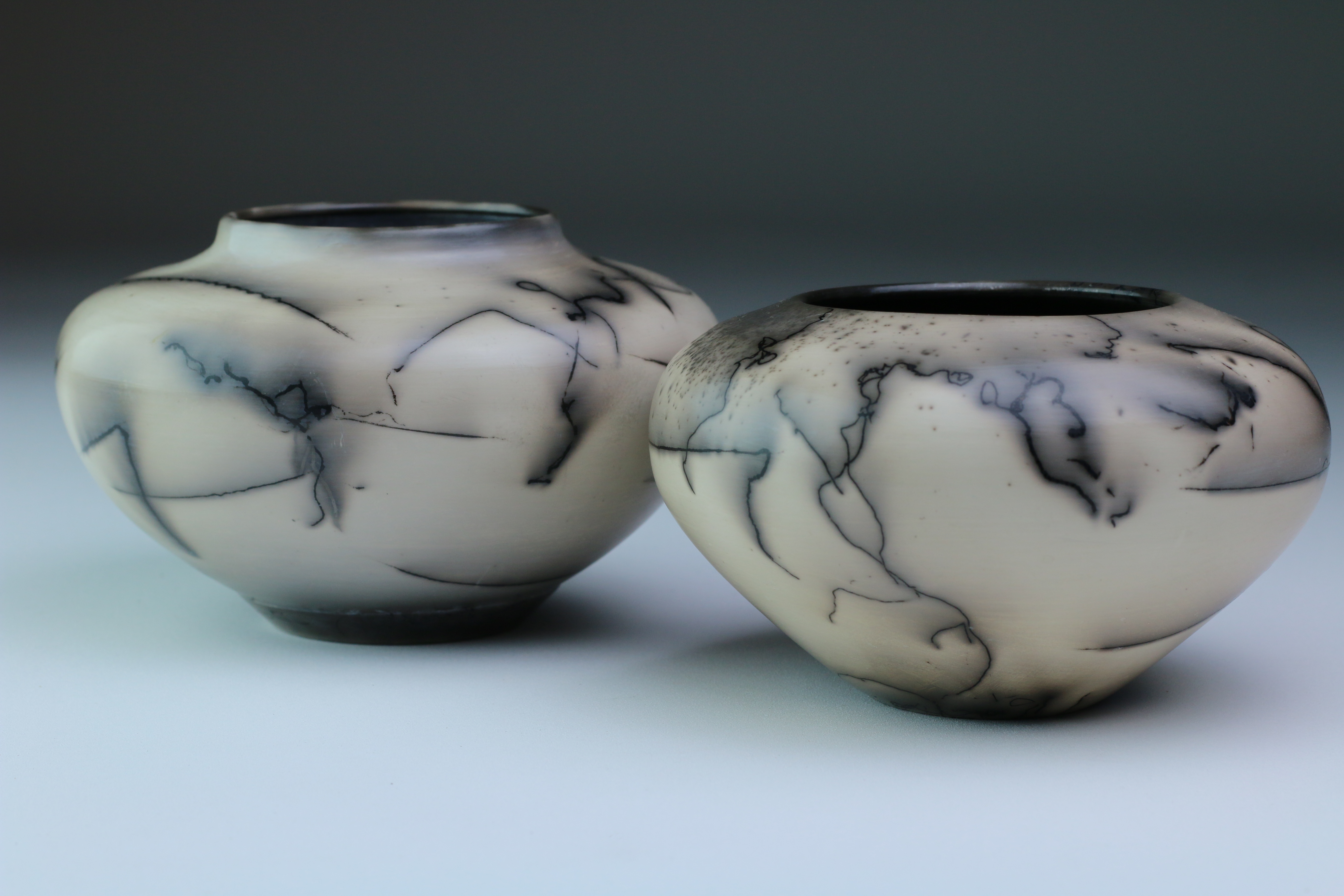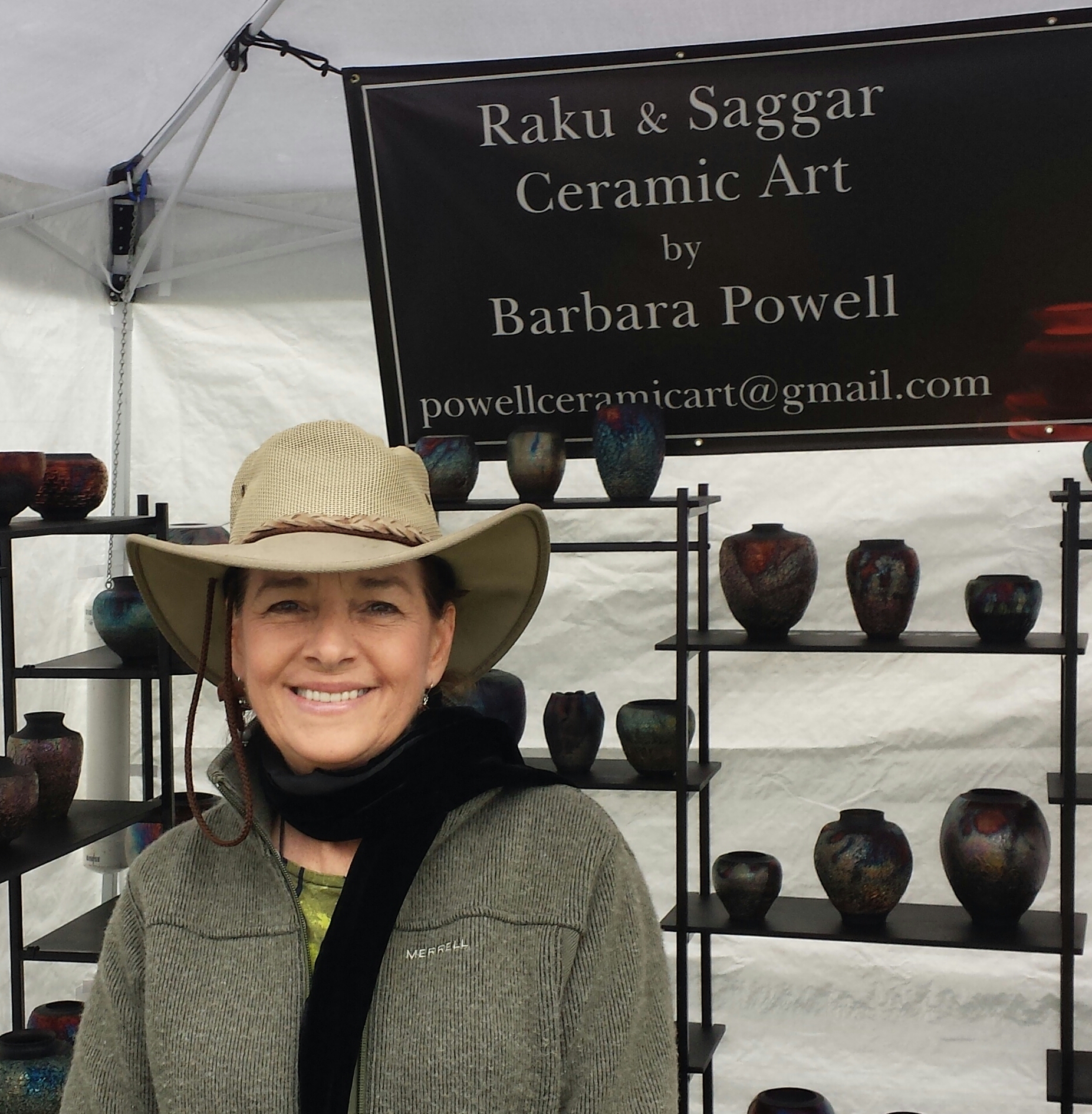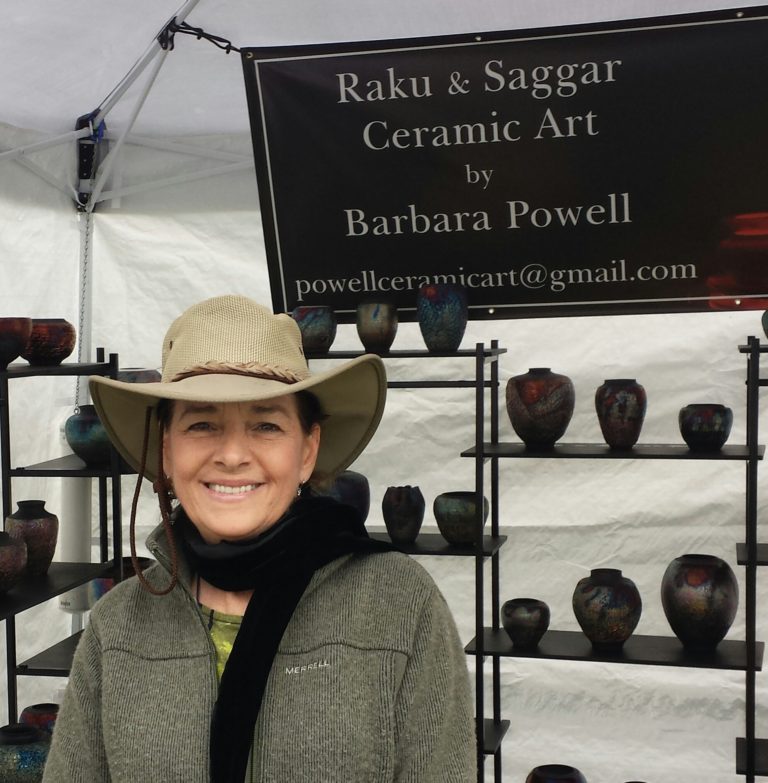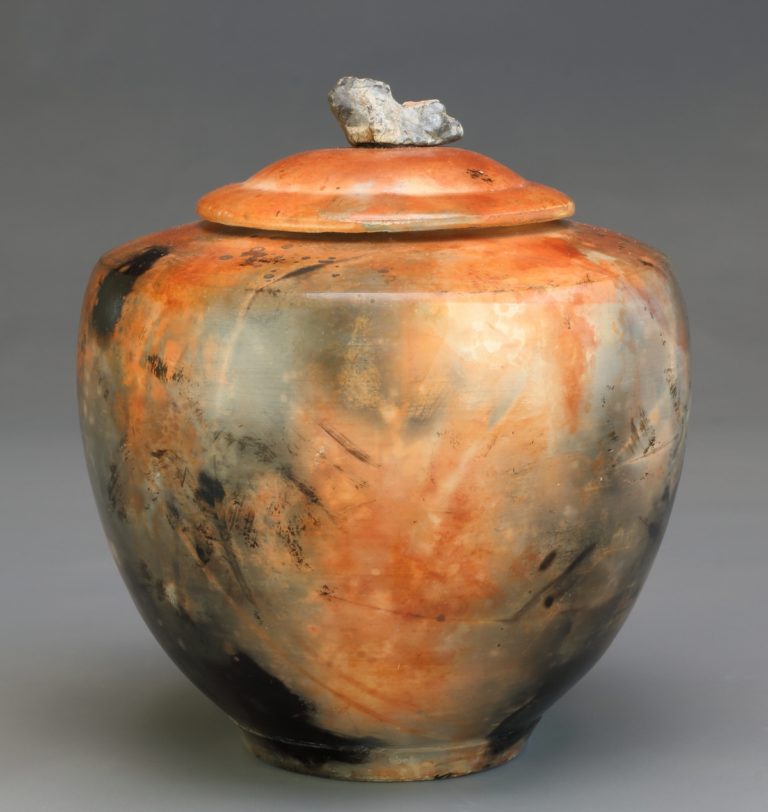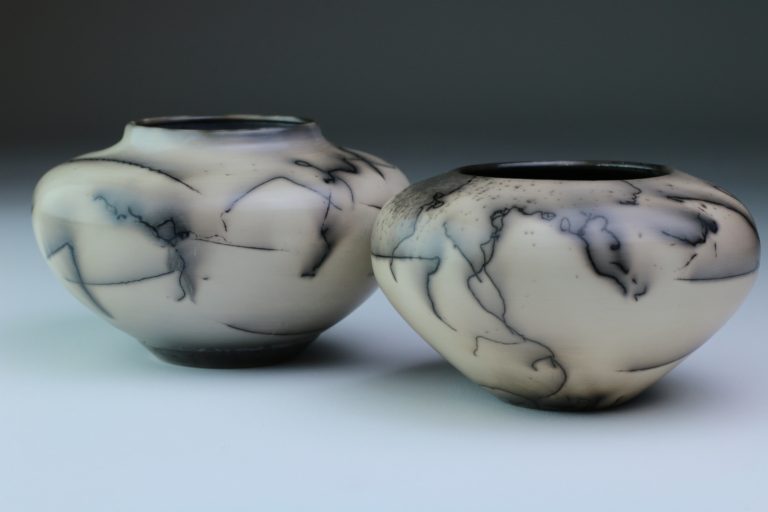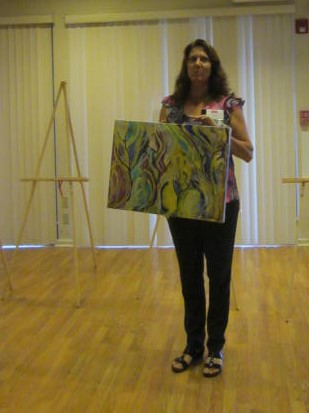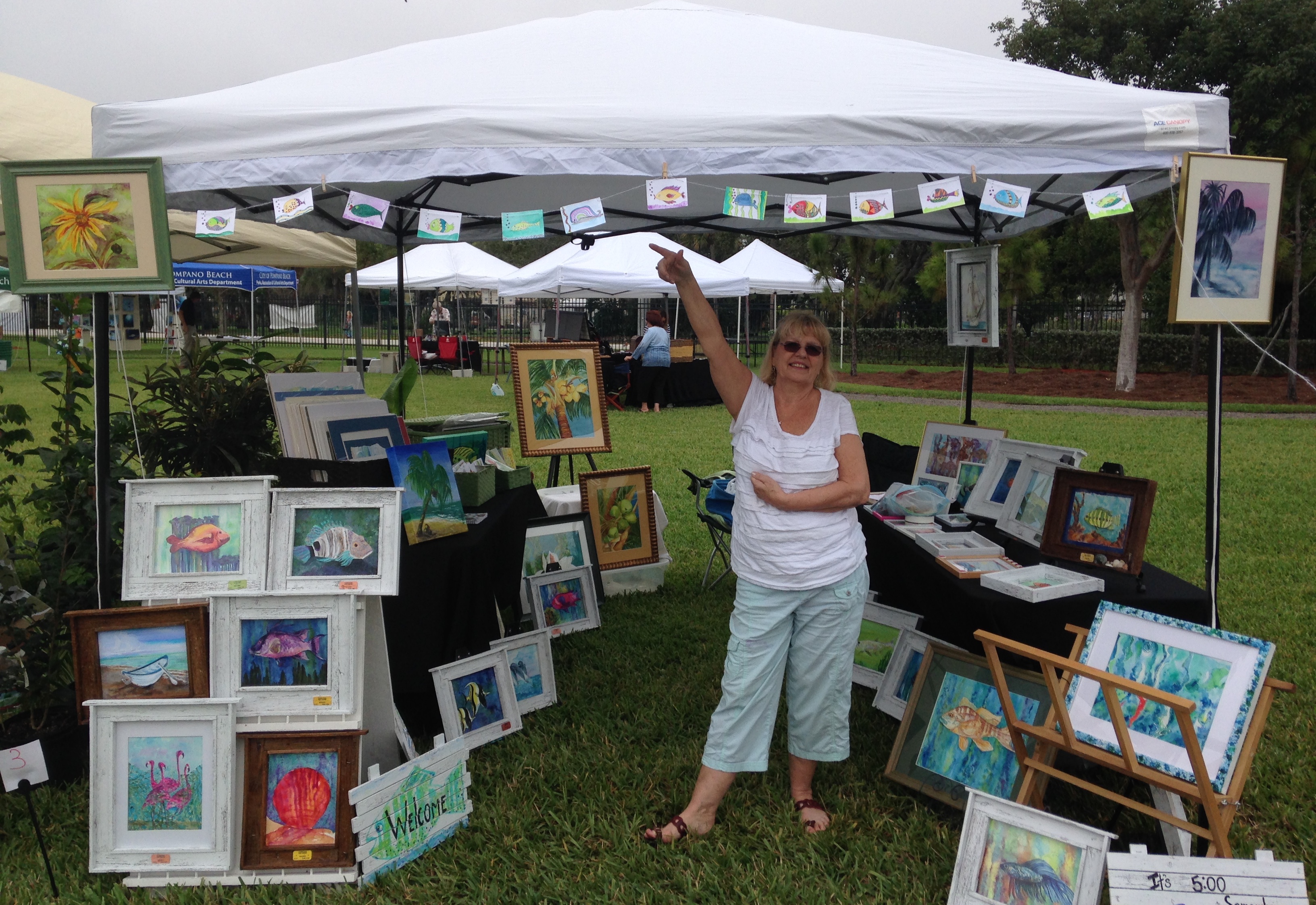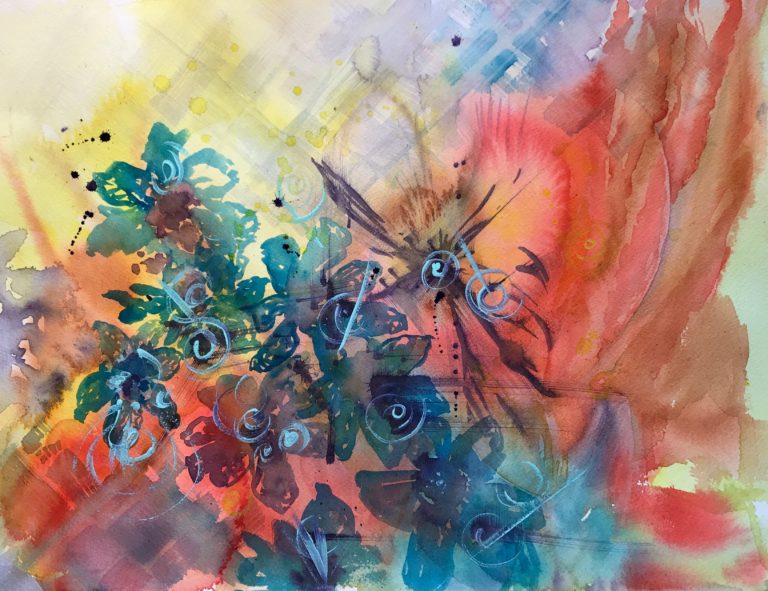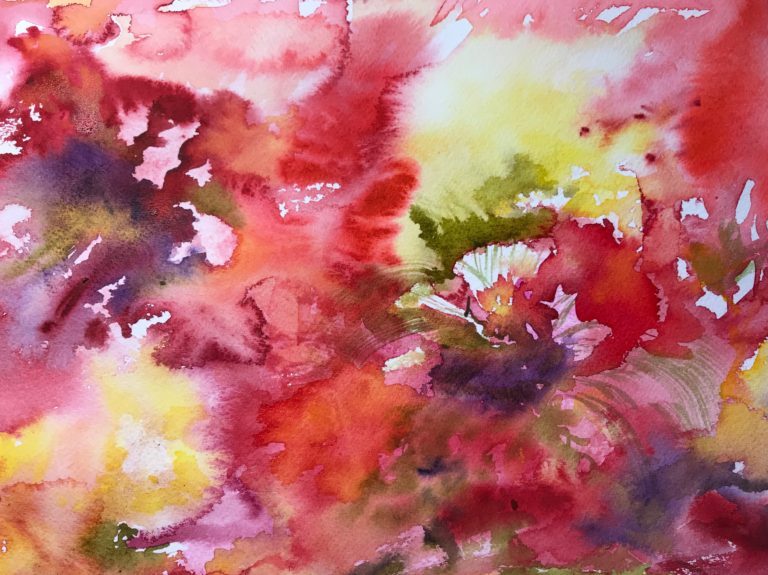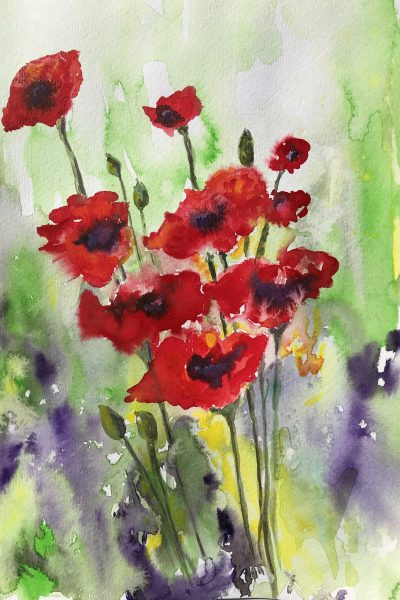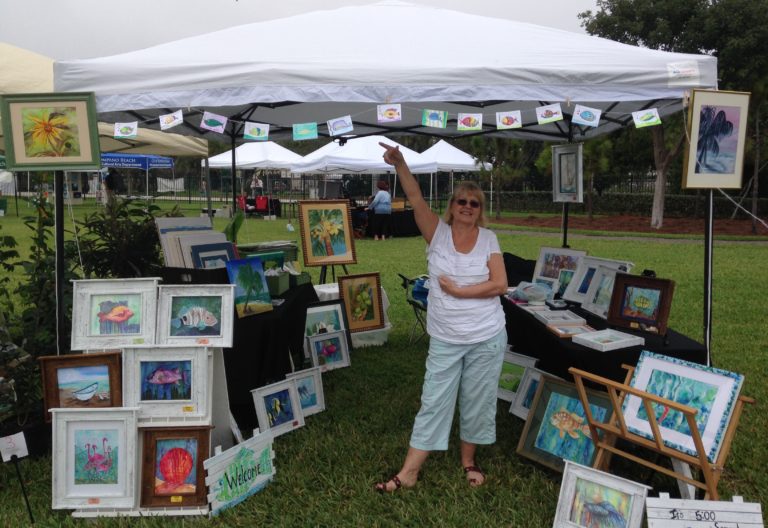#5 Jennifer Love Gironda — Prolific Artist and High School Art Teacher
Jennifer Love Gironda is a high school art teacher in Lake Worth, Florida. Her loves are textiles and beads, and she often combines the two. She has a habit of producing a piece of art a day (and she is on her 7th year!), and she publishes them on her blog and instagram.
Listen here or download from any podcast app.
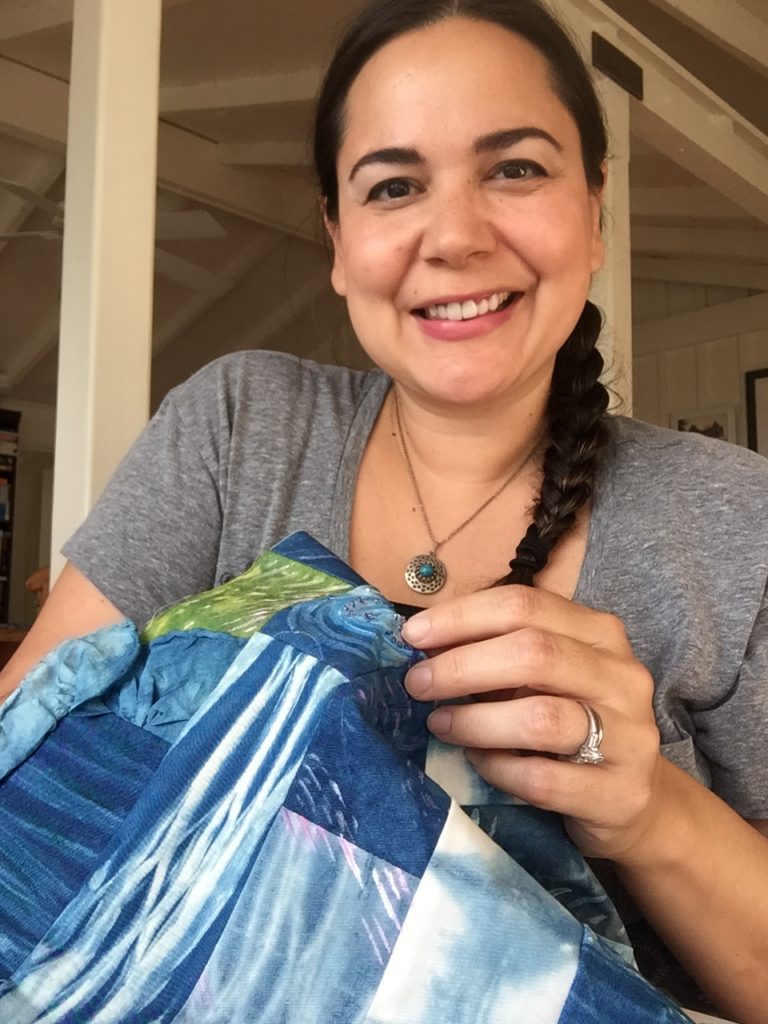
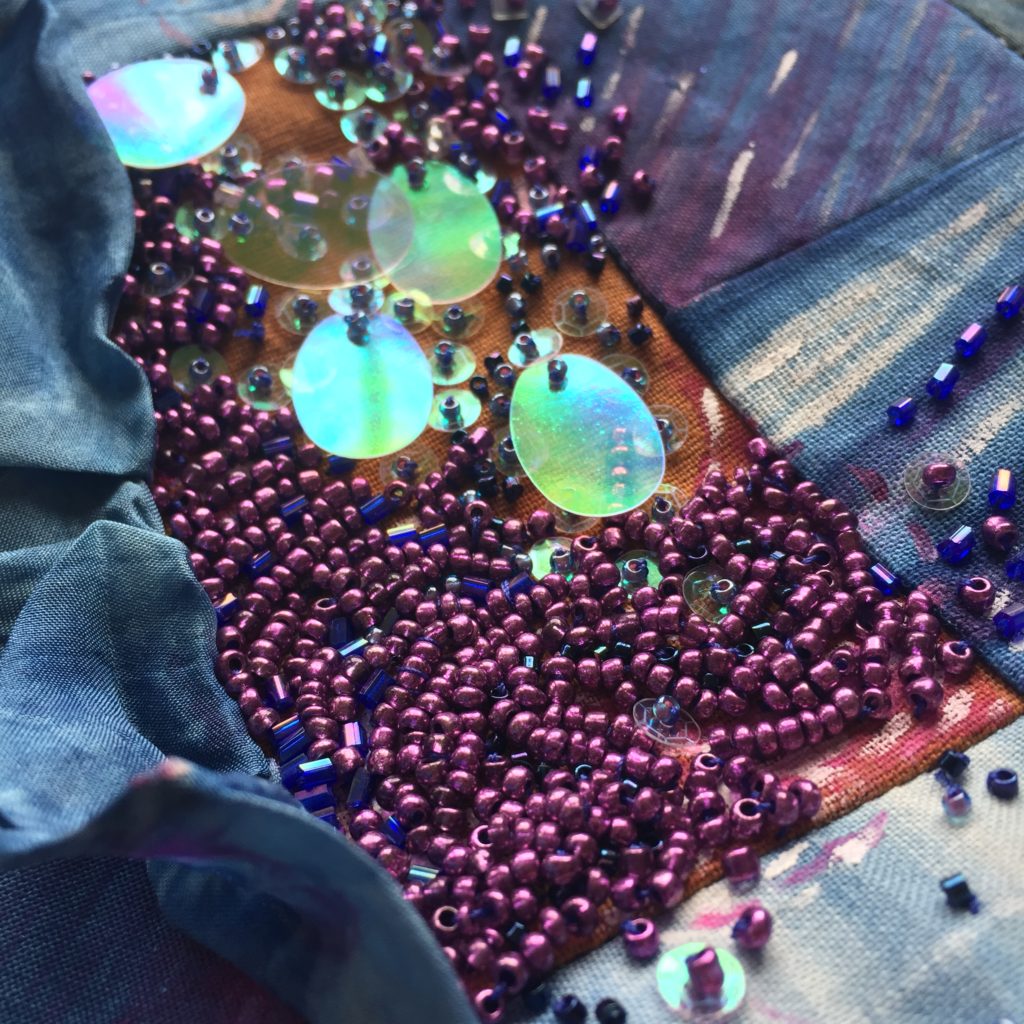
Jennifer attended the Hermitage Artist Retreat in Florida for a month in 2017. Here she is with a quilt that she is beading.
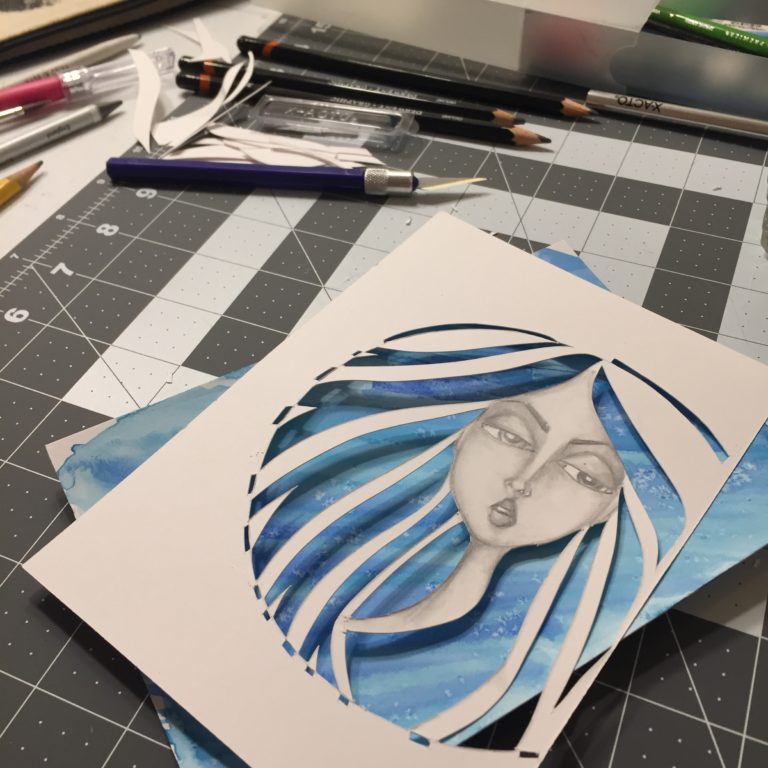
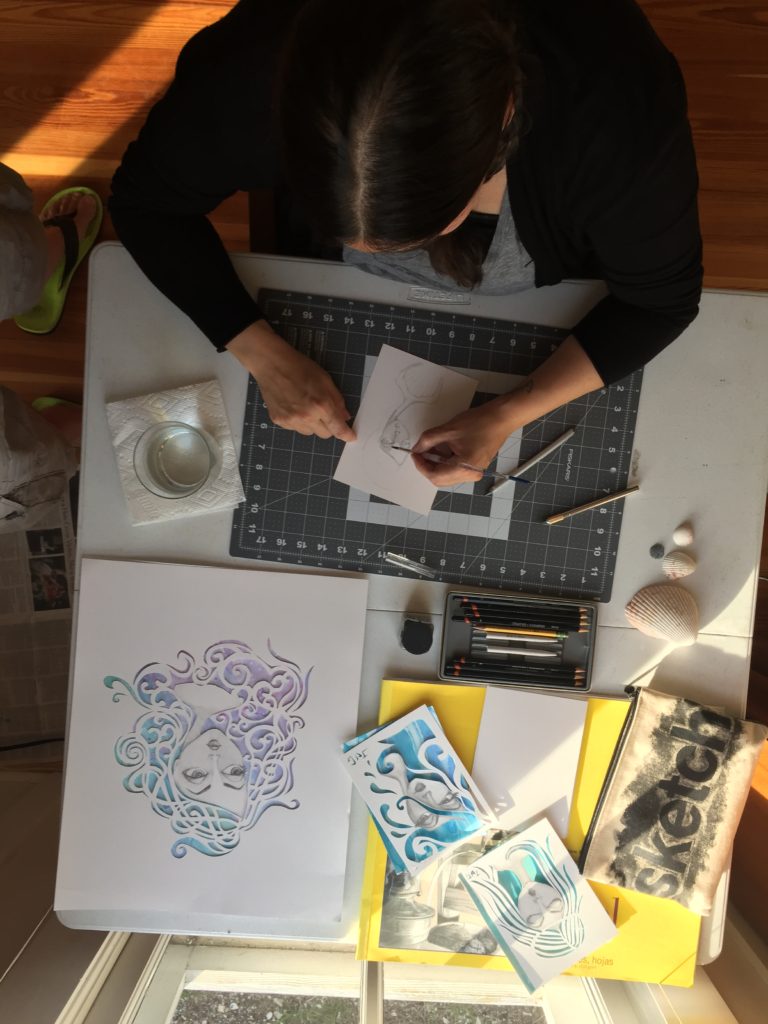
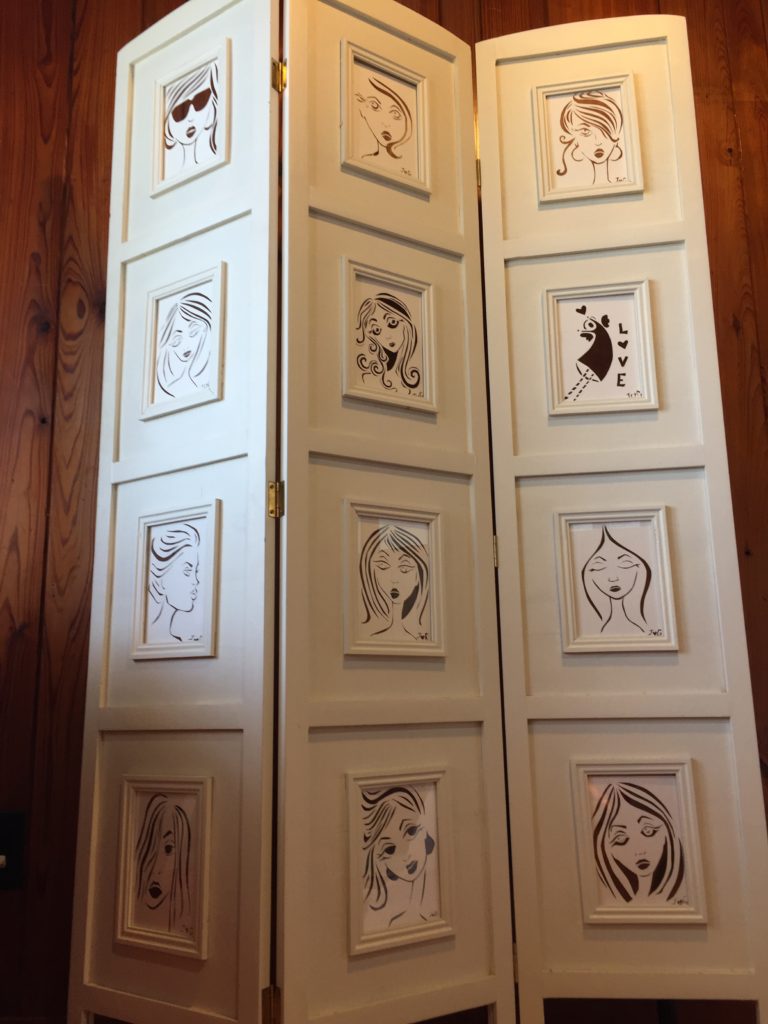
At the Hermitage, she also made these delicate paper cuts. She mounted them in a room divider which remains at the Hermitage for all to enjoy.
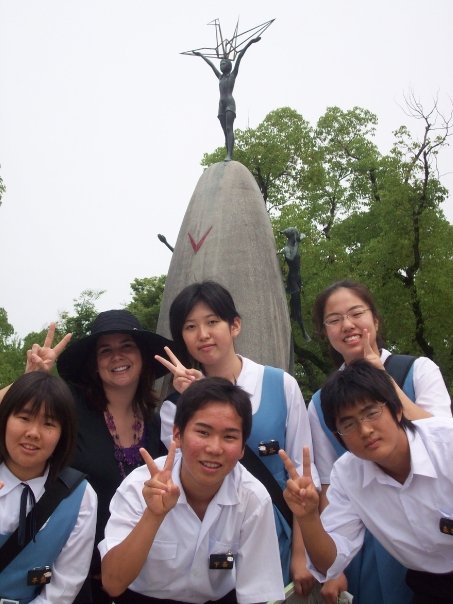
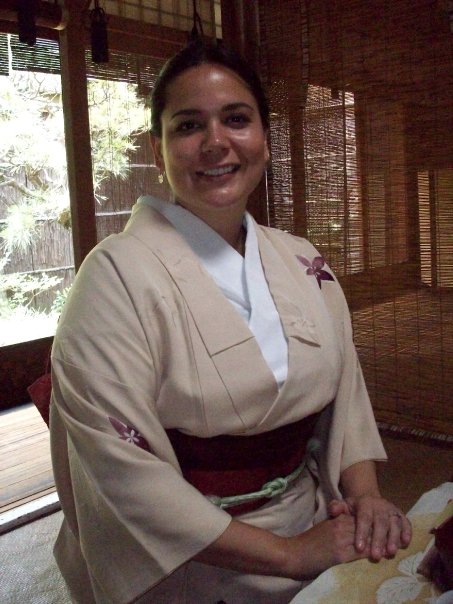
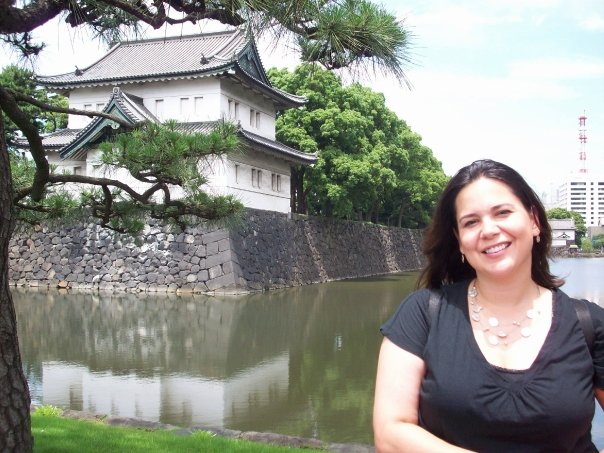
Here is Jenny on her trip to Japan. Left to right: She is with school children in Hiroshima; at a tea ceremony; and in Tokyo.
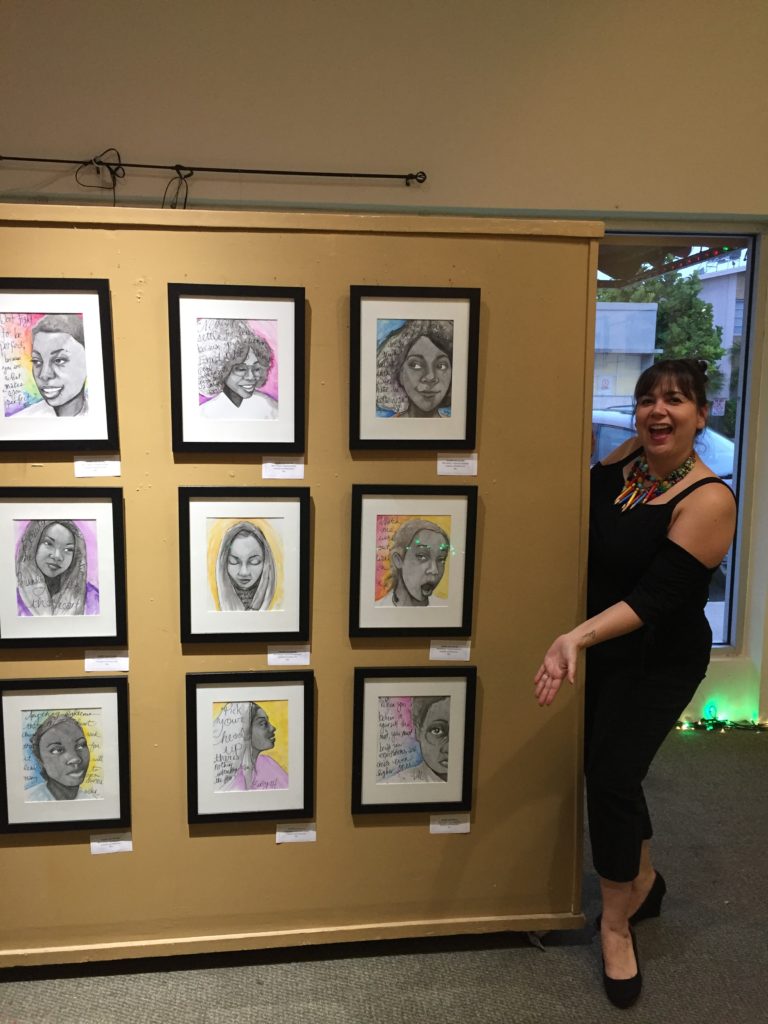
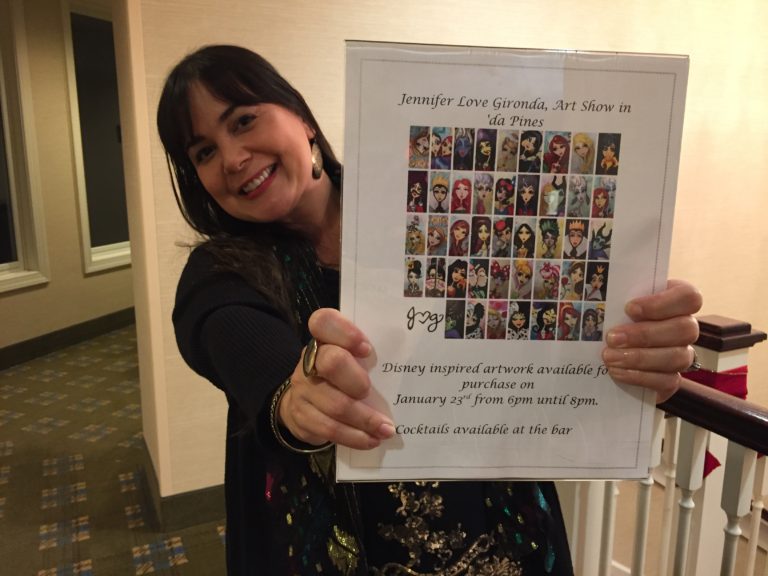
Jenny has exhibited many of her art-a-day pieces. This first one is from her GirlTalk series, which was shown at the PBCATA show at Clay Glass Metal Stone Gallery in Lake Worth, Florida. The next photo is from her Disney series, at her show in North Carolina.
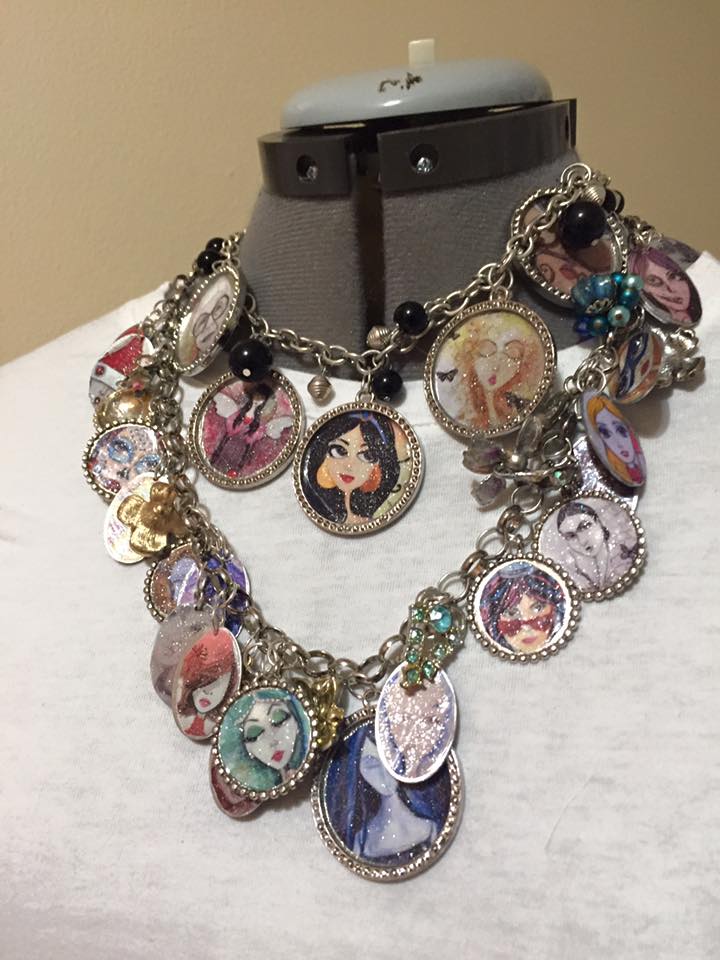
Jenny is always looking for a way to incorporate jewelry making into her art. She made this piece using a few of her art-a-day artwork.
Here are some of the things we discussed on this episode (click on the names to follow the links):
Jennifer Love Gironda has a website that shows every piece of artwork she’s made per day for over 6 years. Check out the blog section of her website at jenniferlovegironda.com.
You can also find her daily artwork on Instagram: @artbyjlg
If you’re interested in applying for a retreat, see the Hermitage Artist Retreat.
Her artwork a day is always based on monthly themes. Here are a few themes we discussed. If you click on them, it will take you to that section of her website:
GirlTalk: Influential Women and Black History Month
And finally, here are a few more takeaways from my conversation with Jennifer Love Gironda:
- When you move to a new city, take some time to check out the local art galleries, organizations, and public art.
- Search for an apply for artist retreats or residencies.
- Work to develop your style as an artist by creating one piece of art a day.
- Make a series of artwork based on a theme. This will improve your techniques and challenge you creatively.
- Don’t be afraid to call yourself an artist!
Give yourself a treat, and take some time to look through Jennifer’s website or Instagram. Allow an hour or two or many! I guarantee you will be inspired by all that she creates.
- Post category:Season 1/Show Notes
